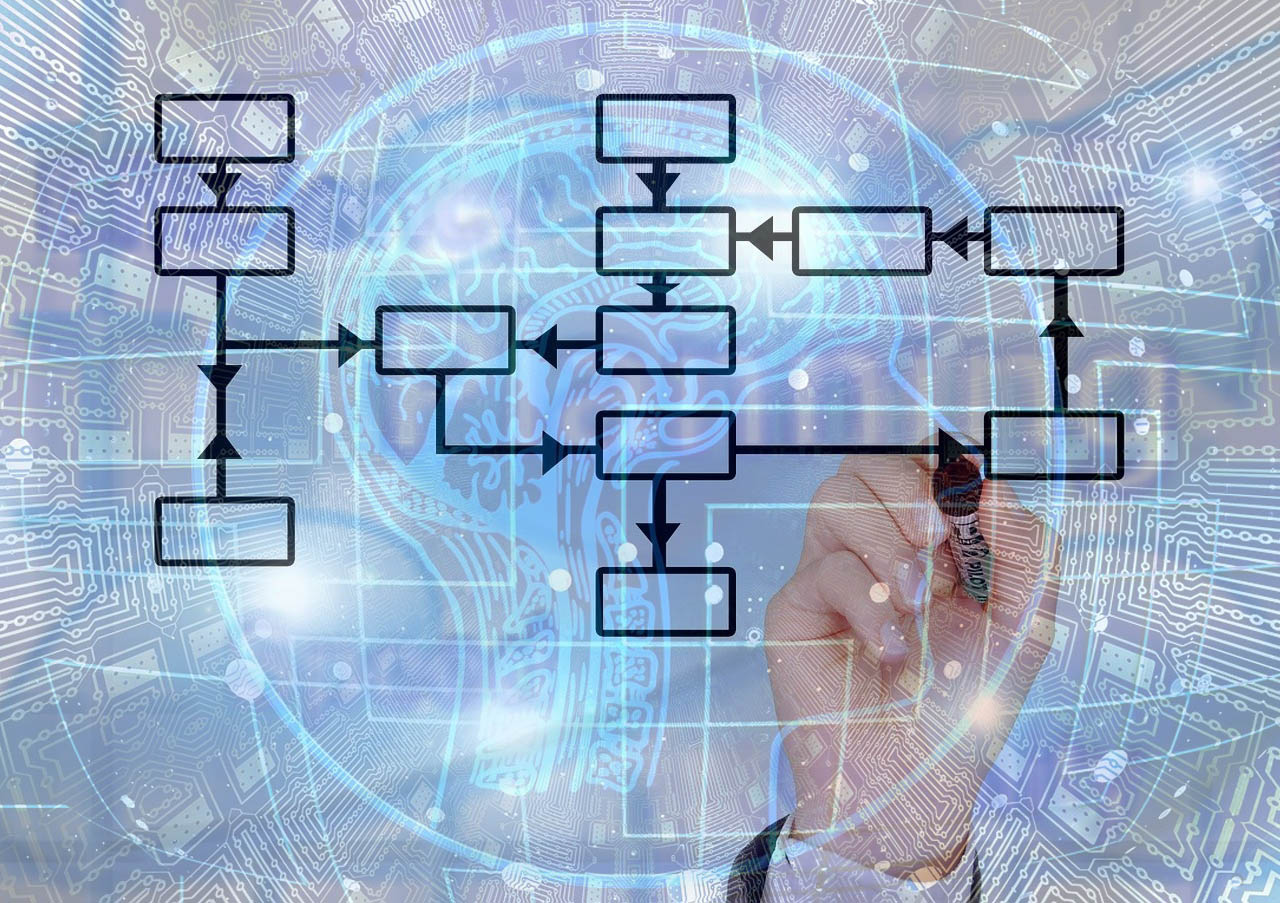
You’ve probably seen artificial intelligence show up in your favorite apps, websites, or even your car. It can chat, suggest what to watch next, write emails, or identify faces in photos. But have you ever stopped to ask, how does AI learn all of this?
Let’s look at how AI gets smart, in the simplest way possible.
What Learning Means for Machines
When we talk about learning in AI, it doesn’t mean thinking like a person. AI doesn’t have emotions or opinions. It learns by finding patterns in large amounts of data.
Think of it this way: If you show a child lots of pictures of cats and say, “This is a cat,” they eventually figure out what cats tend to look like. AI works in a similar way. It looks at thousands or even millions of examples and slowly builds an understanding of what makes a cat a cat.
Algorithms Are the Brain Behind It
At the core of any AI system is something called an algorithm. An algorithm is a step-by-step process that tells the machine what to do with the data it sees.
The most common type of AI model today is a neural network. This setup is loosely inspired by the human brain. It has layers of artificial “neurons” that take in information, process it, and pass it along to other neurons. At first, it guesses randomly. Then it checks how close it got to the right answer, adjusts, and tries again. This process repeats thousands of times.
That’s how AI improves. It's a cycle of guessing, checking, and learning from mistakes.
The Power of Big Data
To learn anything useful, AI needs examples. And not just a few. It needs data in large quantities. The more examples it sees, the better it becomes at spotting patterns and making predictions.
For example, to teach an AI to recognize handwritten numbers, researchers showed it tens of thousands of images of digits written by different people. This helps the AI learn that a “2” can look slightly different each time but still be a “2.”
But data must also be balanced. If an AI is trained mostly on one kind of example, it might not work well in the real world. That’s why diverse data is so important. If the data is biased, the AI will learn those biases too.
Does AI Understand the Way People Do?
The short answer is no. AI doesn’t truly understand language, images, or meaning. It analyzes patterns. When a chatbot responds to you, it’s using probabilities to choose the next word in a sentence based on what it has seen during training.
It’s like an extremely advanced version of autocomplete on your phone. It doesn’t know what you’re thinking, but it can guess based on patterns.
Where You See AI Every Day
You don’t have to look far to see AI at work:
- Social media feeds showing you posts you might like
- Email inboxes sorting spam automatically
- Search engines finishing your sentences
- Online shops recommending products
- Voice assistants answering your questions
Even tools that help doctors detect diseases or assist farmers with crop health are using AI in some form.
Why This is Worth Knowing
Understanding how AI learns gives you an edge. It helps you know what to expect and what not to rely on. AI is useful, but it’s not perfect. It’s only as good as the data and training behind it.
And that’s the key. AI is a powerful tool, but it still needs human guidance. Knowing how it works helps you make smarter choices in a world where digital tools are becoming more common in everyday life.
Next time you try an AI tool, remember it’s not magic. It’s the result of learning from lots and lots of examples. When you understand how that learning works, you’re already one step ahead.